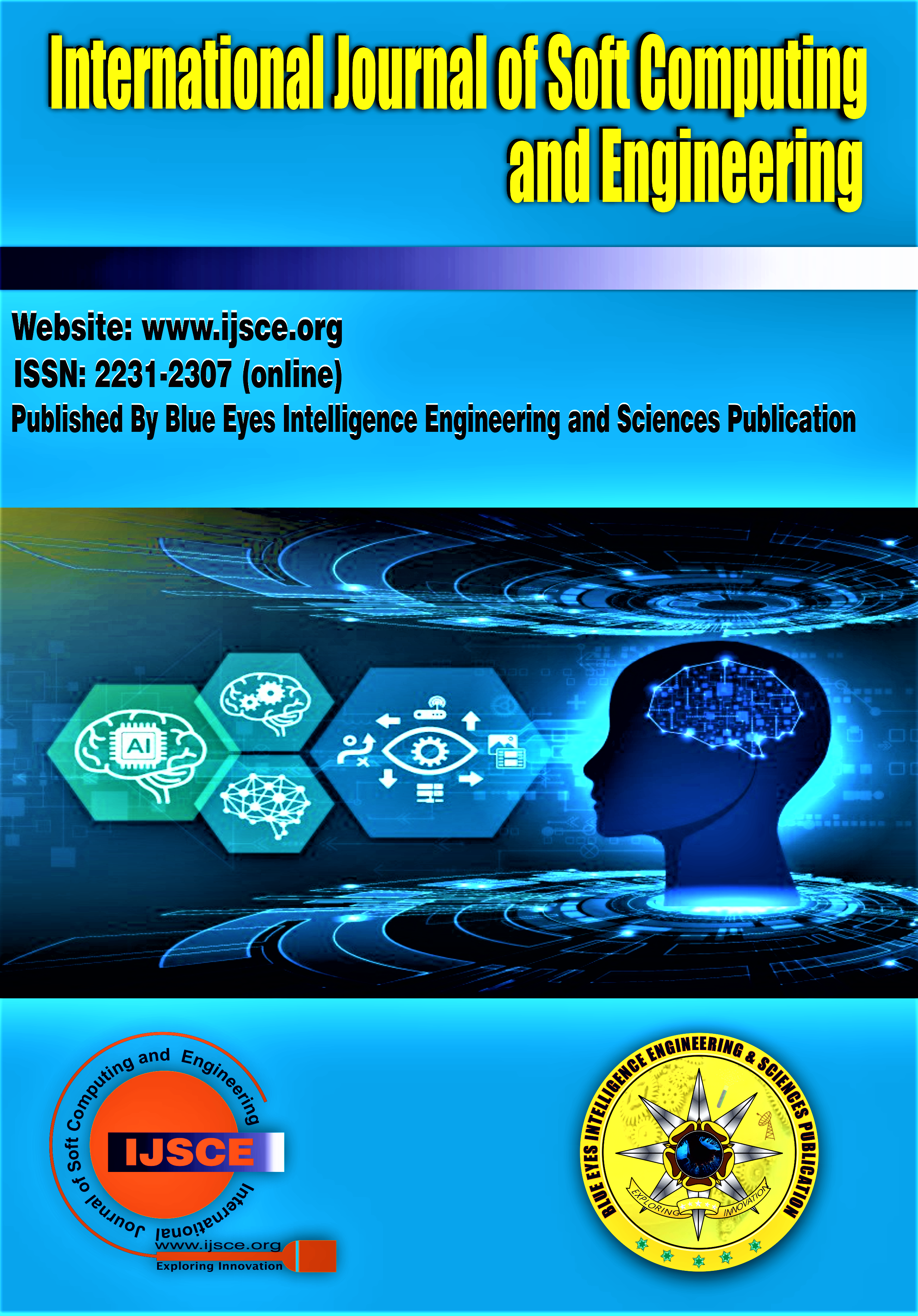Shape Reconstruction in Computer Vision
Main Article Content
Abstract
The fundamental job of shape reconstruction in computer vision is crucial for many different applications, including robotics, medical imaging, and autonomous systems. The state-of-the-art methods, difficulties, and potential future directions in the field of shape reconstruction are succinctly outlined in this abstract. Inferring the three-dimensional (3D) geometry of objects or scenes from two-dimensional (2D) photographs or point clouds is the process of shape reconstruction. The conventional approaches relied on depth sensors, structure from motion, and stereo vision. Convolutional neural networks (CNNs) and generative models, in particular, are deep learning techniques that have been used recently to achieve impressive results in shape reconstruction. This abstract addresses important procedures, such as point cloud processing, depth estimation, and multi-view stereo techniques. It emphasizes the benefits and drawbacks of each strategy while highlighting the necessity of combining various modalities for effective rebuilding. To improve reconstruction accuracy, context-aware algorithms and the inclusion of semantic data are also being investigated. Efforts are made to overcome concerns with scalability, ambiguous features, and occlusions in form reconstruction. Deep learning models’ computational complexity is also examined, highlighting the necessity for effective algorithms that strike a compromise between accuracy and speed. In order to evaluate the effectiveness of reconstruction algorithms in an objective manner, the significance of benchmark datasets and assessment criteria is also emphasized.
Downloads
Article Details
Section

This work is licensed under a Creative Commons Attribution-NonCommercial-NoDerivatives 4.0 International License.
How to Cite
References
Chen, X., Kundu, K., Zhang, Z., Ma, H., Fidler, S., Urtasun, R.: Monocular 3d object detection for autonomous driving. In: CVPR (2016)
S. R. P et al., “Object Detection using Different Point Feature Techniques: A Comparative Analysis,” International Journal of Innovative Technology and Exploring Engineering, vol. 11, no. 12. Blue Eyes Intelligence Engineering and Sciences Engineering and Sciences Publication - BEIESP, pp. 1–4, Nov. 30, 2022. doi: 10.35940/ijitee.l9308.11111222. Available: http://dx.doi.org/10.35940/ijitee.L9308.11111222
I. G. Y. Partama* et al., “Validation of High-resolution and Simple River Monitoring Technique using UAV-SFM Method,” International Journal of Recent Technology and Engineering (IJRTE), vol. 8, no. 5. Blue Eyes Intelligence Engineering and Sciences Engineering and Sciences Publication - BEIESP, pp. 5409–5414, Jan. 30, 2020. doi: 10.35940/ijrte.e6926.018520. Available: http://dx.doi.org/10.35940/ijrte.E6926.018520
Dr. V. S and Dr. T. S N, “Machine Learning Approach using CNN for COVID-19 Pandemic Detection,” International Journal of Engineering and Advanced Technology, vol. 11, no. 2. Blue Eyes Intelligence Engineering and Sciences Engineering and Sciences Publication - BEIESP, pp. 63–67, Dec. 30, 2021. doi: 10.35940/ijeat.b3302.1211221. Available: http://dx.doi.org/10.35940/ijeat.B3302.1211221





